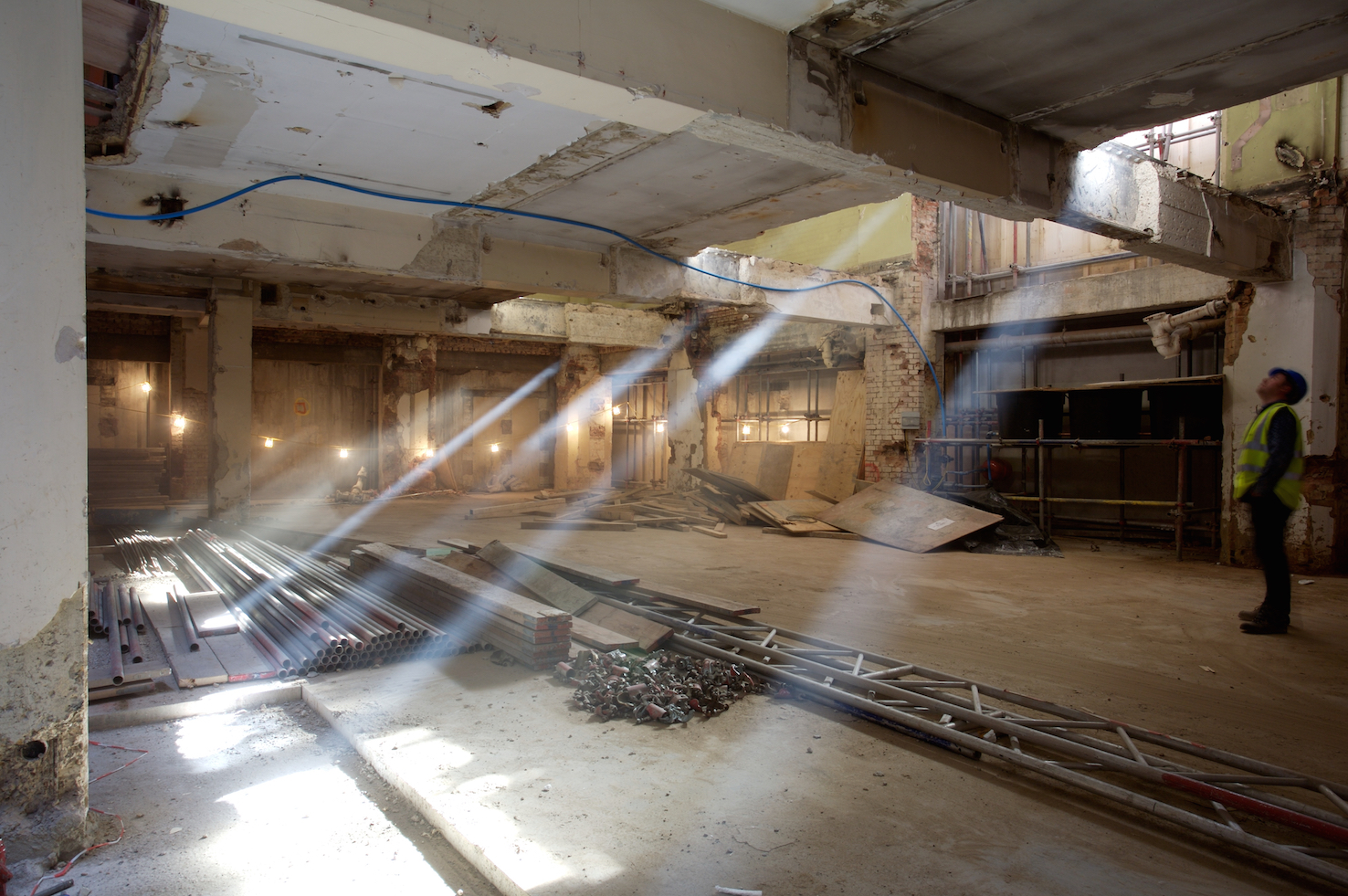The Art of the Recce

Recces are a staple of video production. Although if you’re new to the term you’d be forgiven for not understanding their ‘point’. So, rather than waste their potential, aimlessly wandering around with a client, sipping flat whites and pointing at the office spider plants, here’s a brief guide on them.
Recces – What to look for and what to consider:
Power:
It’s one of the simplest factors to overlook, but figuring out where the power outlets are can be crucial. ‘Cleaner sockets’ – featuring a rounded earth terminal – can cause you a a headache if only discovered on the shoot day. Why? They’ll require long extension leads that will need to be taped down, costing time that wasn’t factored in.
Height and Space:
Will your background fit in this room, do you have enough height to set your lights? We can all be surprisingly ‘off’ when it comes to judging how much space is enough. Whether you tend to under or overestimate a space you’re not doing yourself any favours. Afterall, this key information will inform all you future decisions, including the type of gear you’ll be using to the number of crew you’ll want on hand. So, rather than guess, bring a tape measure and start measuring!
Camera, not mobile:
Sometimes it just seems easier to rock up with your mobile phone as a means of judging a space. However it’s always best where possible to bring the camera and lens you plan to shoot with. This way you’ll get the most accurate understanding of the space and how well it’ll translate to video, ahead of the shoot. Failing this, there are apps available to help when you’re in a tight squeeze. ‘Panavision Panascout’ is an app that can emulate both lens length and sensor size.
Light:
Unless you pan on filming in a dungeon, ambient light is going to play a role in your location. Therefore finding out where that light’s going to be, and when is imperative. Use a sun tracking app to give you a comprehensive idea of where the sun will be at what time.
Noise:
In any urban environment noise is something we simply live with, but it’s worth considering during your recce. For example, if you’re doing a series of interviews on an industrial estate it would make sense to shoot out of hours, when noise is likely to be at a minimum. Looking at the local area will give you more clues. Are there roadworks outside, for example, or a school field backing into the location? If so, lunch time may be one to avoid. Or, maybe the location lies directly under a flight path or near a railway? If so, it may be useful to check your client has realistic expectations for what can be achieved. Interior noise is another factor to consider. For example, does the room have an air condition unit with a loud fan? Can it be turned off?
Time:
When you visit your location always try to go as close to the time you’d be expecting to shoot at. It’s tempting to visit locations either early morning or late afternoon to free up the rest of the day. However visiting your location roughly at the same time will give you a good indication of the expected noise level and give you a heads up on any other unforeseen events that may take place in and around the area during that time.
Logistics:
Where is your location, how easy is it to access? Is the address recognised in google maps? Is there parking nearby? It’s easy to assume that everyone has access to a car, but some might be travelling via public transport. So, finding out if that country manor you plan on filming at is 1 mile of 30miles away from the nearest train station is a good place to start to ensure your shoot runs smooth.
